Chapter 40 The Immune System And Disease Answer Key
Chapter 40 the immune system and disease answer key. How the Horrific 1918 Flu Spread Across America. By agreement with the publisher this book is accessible by. A service of the National Library of Medicine National Institutes of Health.
The toll of historys worst epidemic surpasses all the military deaths in World War I and World War II combined. After acquiring an infectious disease the immune system reaction may or may not lead to protection against another attack of the disease. These cells are crucial to the immune system as they secrete antibodies and directly attack infected cells.
A disease is any condition in which the normal structure or functions of the body are damaged or impaired. As we age B-lymphocytes and T-lymphocytes become less active. Virulence any part of a foreign protein that an immune system can recognize and remember B.
The most common area affected is the lining of the lungs and chest wall. Certain patient risk factors such as advanced age underlying disease and severity of illness and sometimes the immune status are not modifiable and directly contribute to a patients risk of infection. Development and structure of the B cell receptor.
Vertical transmission the ability of a pathogen strain to tolerate a chemical that can kill other strains F. This so-called refractory period is the time period where no other infection of this disease can occur. Janeway CA Jr Travers P Walport M et al.
Each B cell produced in the bone marrow is highly specific to an. Cheese handlers disease farmers lung sauna takers disease and hot-tub lung are other names for HP associated with exposure to molds in various environments. The Immune System in Health and Disease.
Decline in the Immune System. Physical injuries or disabilities are not classified as disease but there can be several causes for disease including infection by a pathogen genetics as in many cancers or deficiencies noninfectious environmental causes or inappropriate immune responses.
The first checkpoint in the development of a B cell is the production of a functional pre-BCR which is composed of two surrogate light chains and two immunoglobulin heavy chains which are normally linked to Ig-α or CD79A and Ig-β or CD79B signaling molecules.
As we age B-lymphocytes and T-lymphocytes become less active. They are also called polymorphonuclear leukocytes PMN PML or PMNL because of the varying shape of the nucleus which is usually lobed into three segmentsThis distinguishes them from the mononuclear agranulocytesThe term. A disease is any condition in which the normal structure or functions of the body are damaged or impaired. Cheese handlers disease farmers lung sauna takers disease and hot-tub lung are other names for HP associated with exposure to molds in various environments. Granulocytes are cells in the innate immune system characterized by the presence of specific granules in their cytoplasm. The thymus where T-cells are manufactured shrinks as aging progresses. Virulence any part of a foreign protein that an immune system can recognize and remember B. Mesothelioma is a type of cancer that develops from the thin layer of tissue that covers many of the internal organs known as the mesothelium. The first checkpoint in the development of a B cell is the production of a functional pre-BCR which is composed of two surrogate light chains and two immunoglobulin heavy chains which are normally linked to Ig-α or CD79A and Ig-β or CD79B signaling molecules.
The most common area affected is the lining of the lungs and chest wall. It is the responsibility of all health care providers to enact principles of care to prevent health careassociated infections though not all infections can be prevented. This so-called refractory period is the time period where no other infection of this disease can occur. Decline in the Immune System. It may last from a few days up to lifetime depending on the infectious agent. After acquiring an infectious disease the immune system reaction may or may not lead to protection against another attack of the disease. These cells are crucial to the immune system as they secrete antibodies and directly attack infected cells.
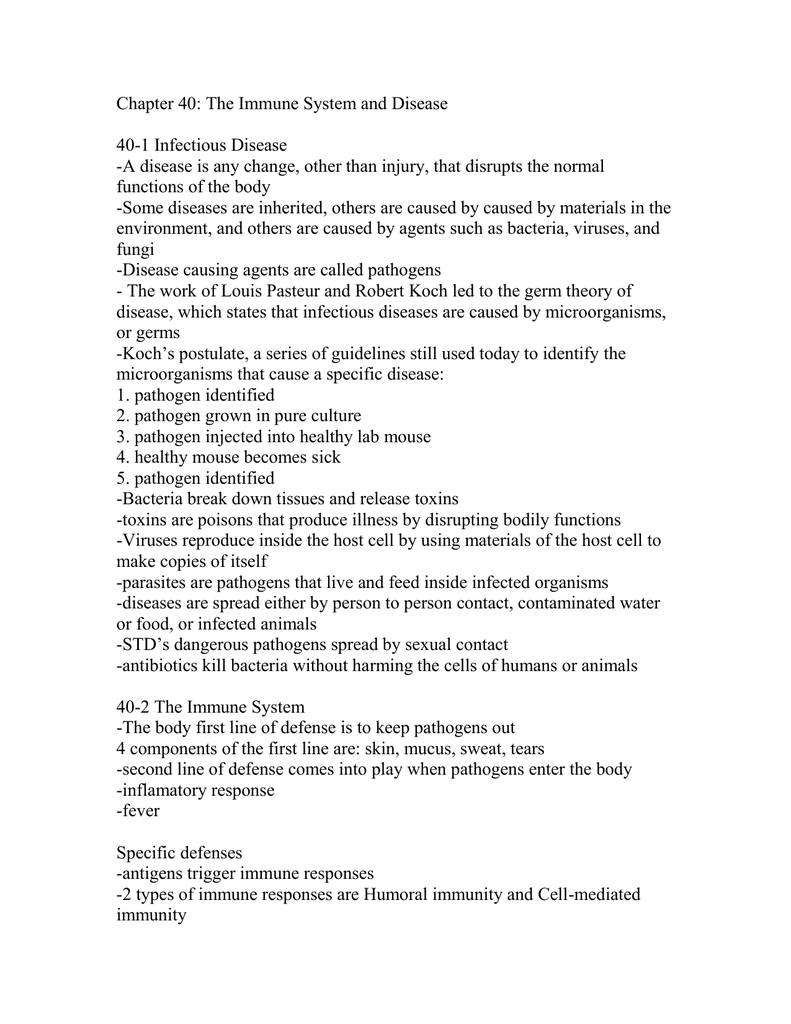
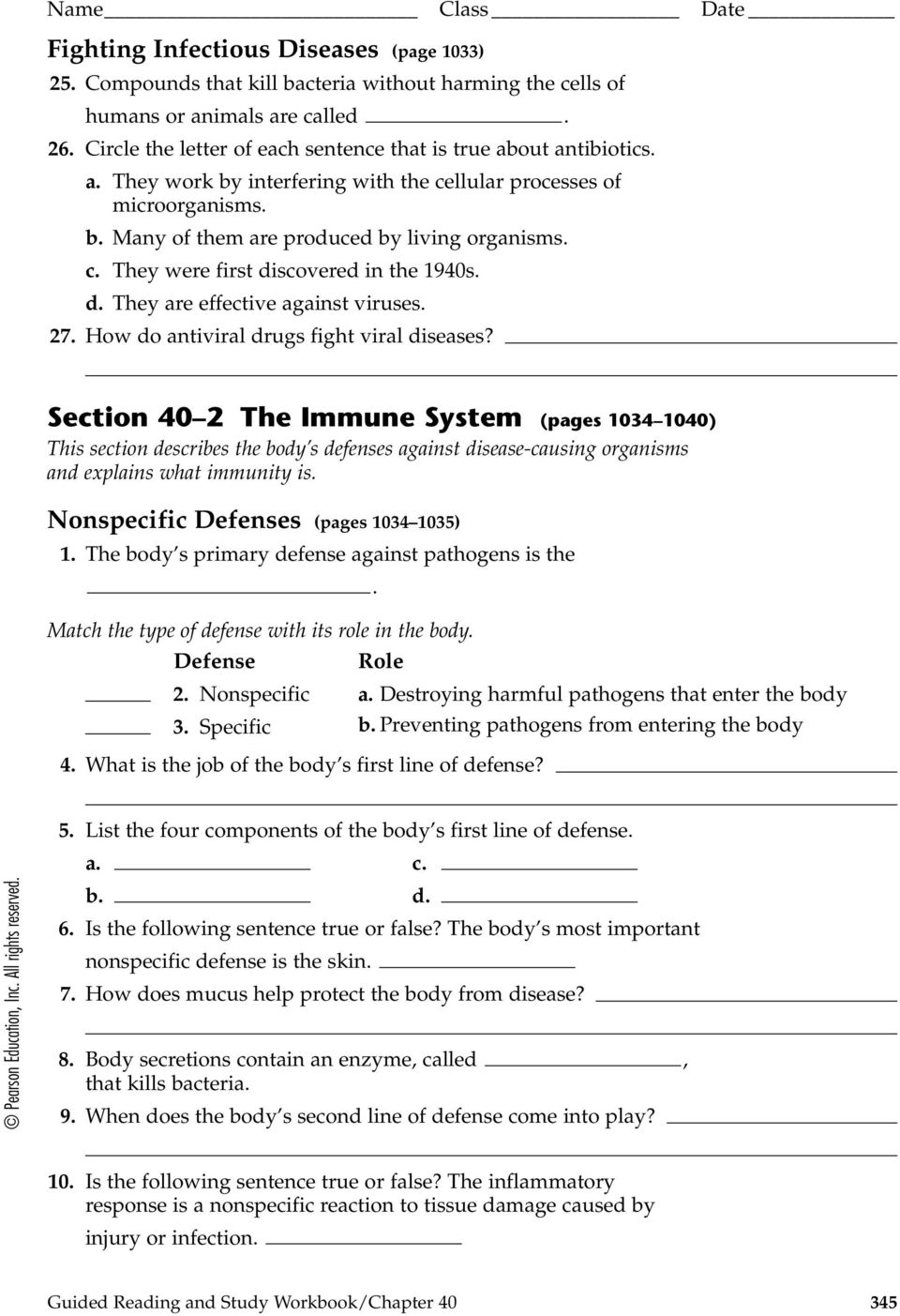
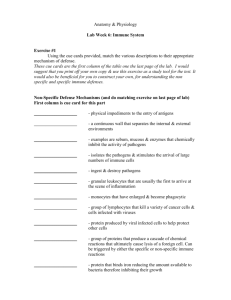
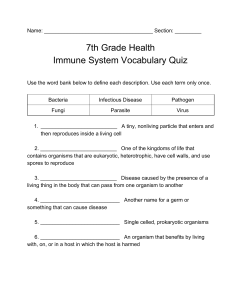


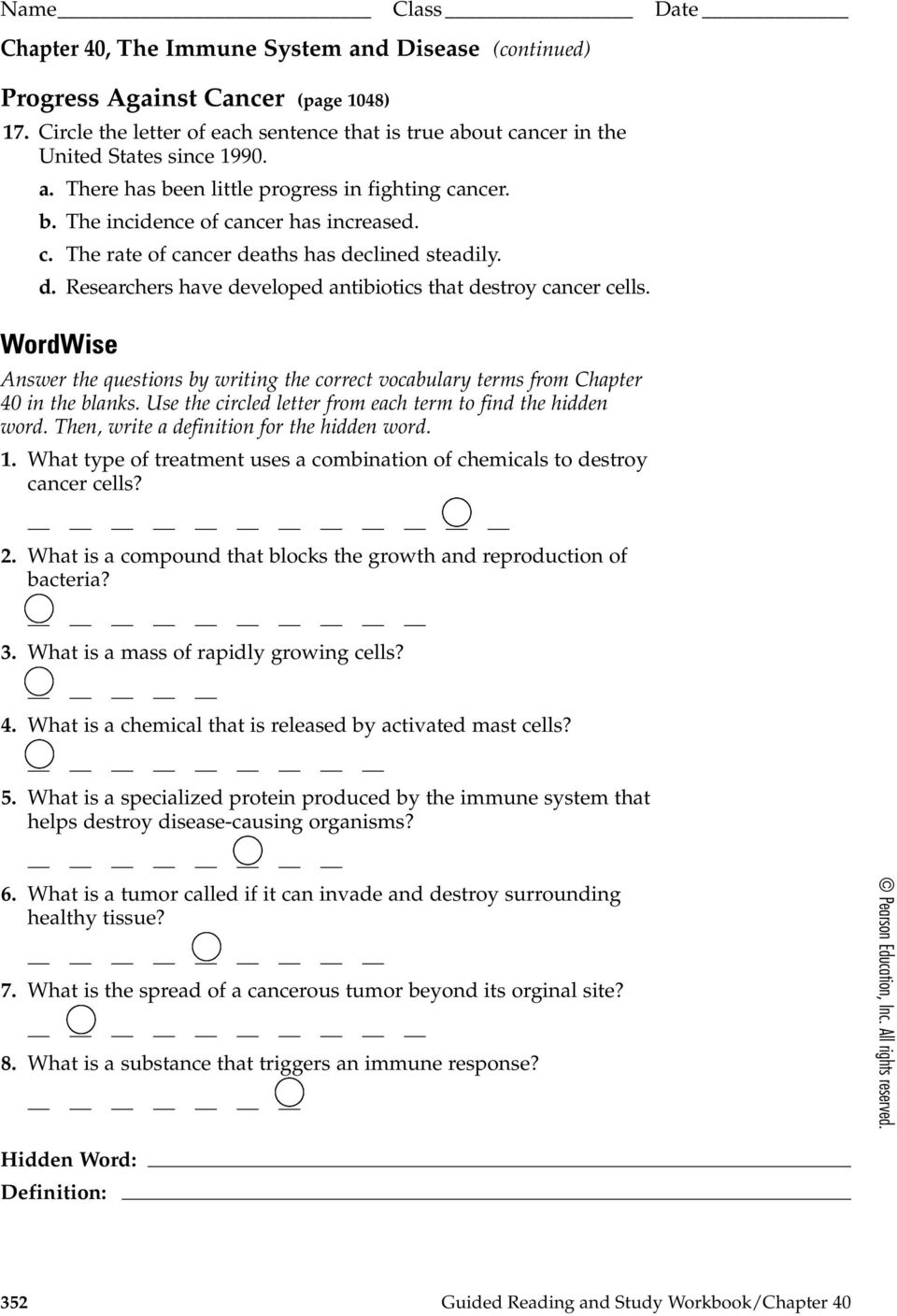





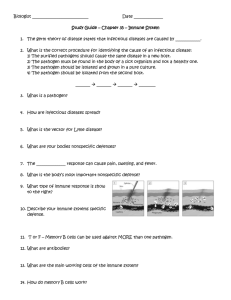

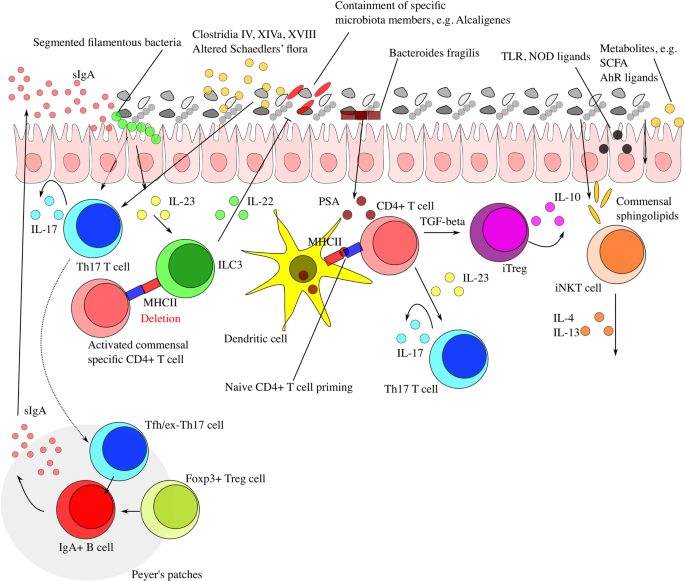

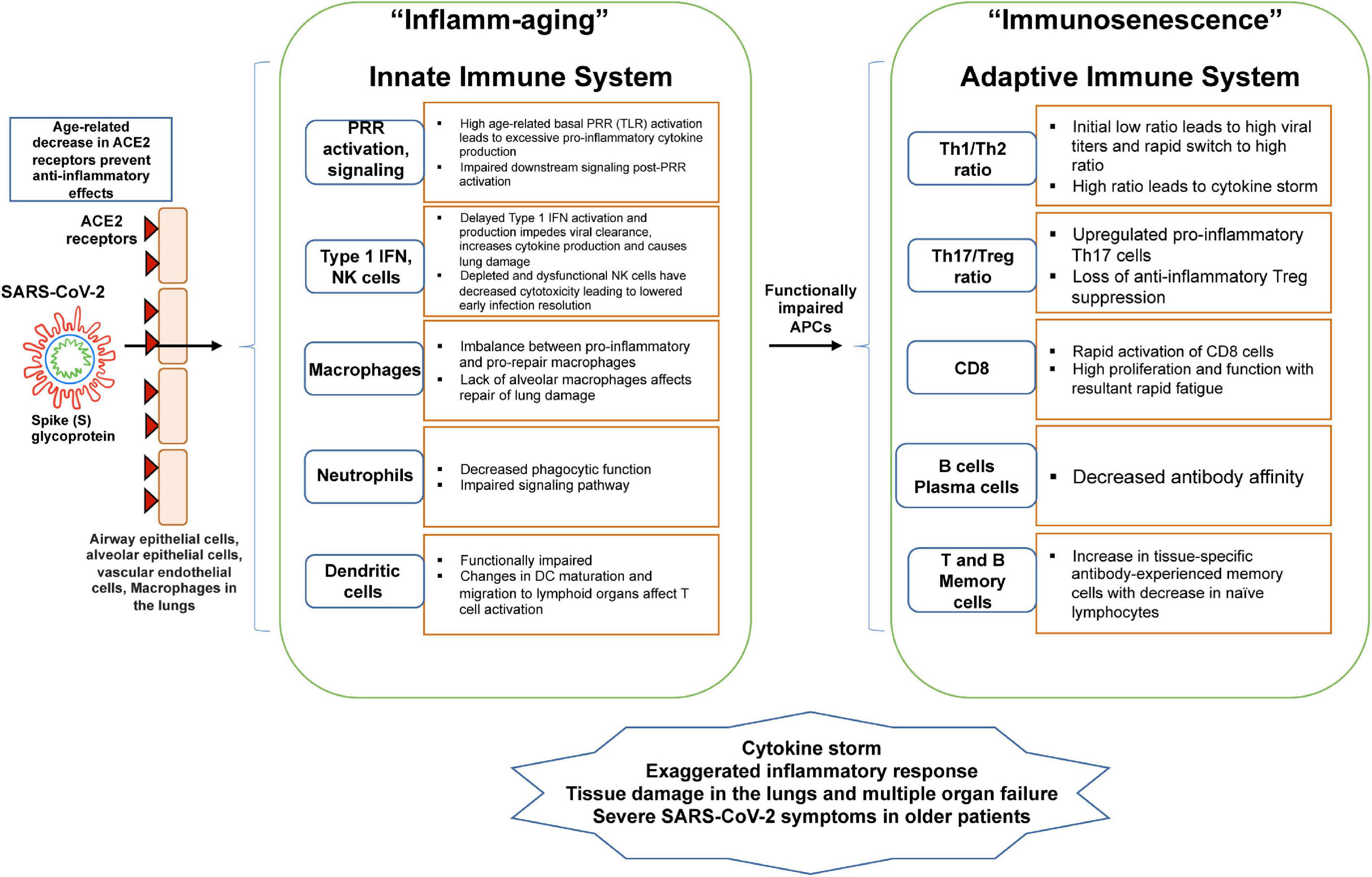

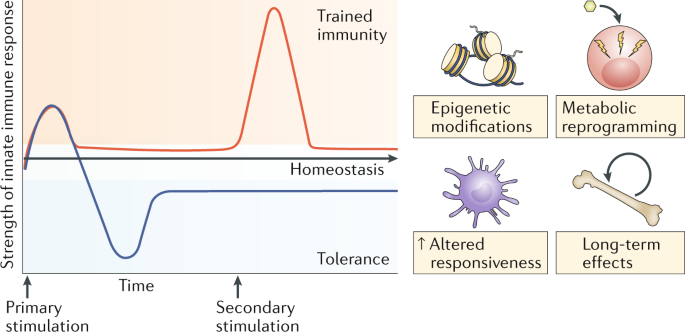
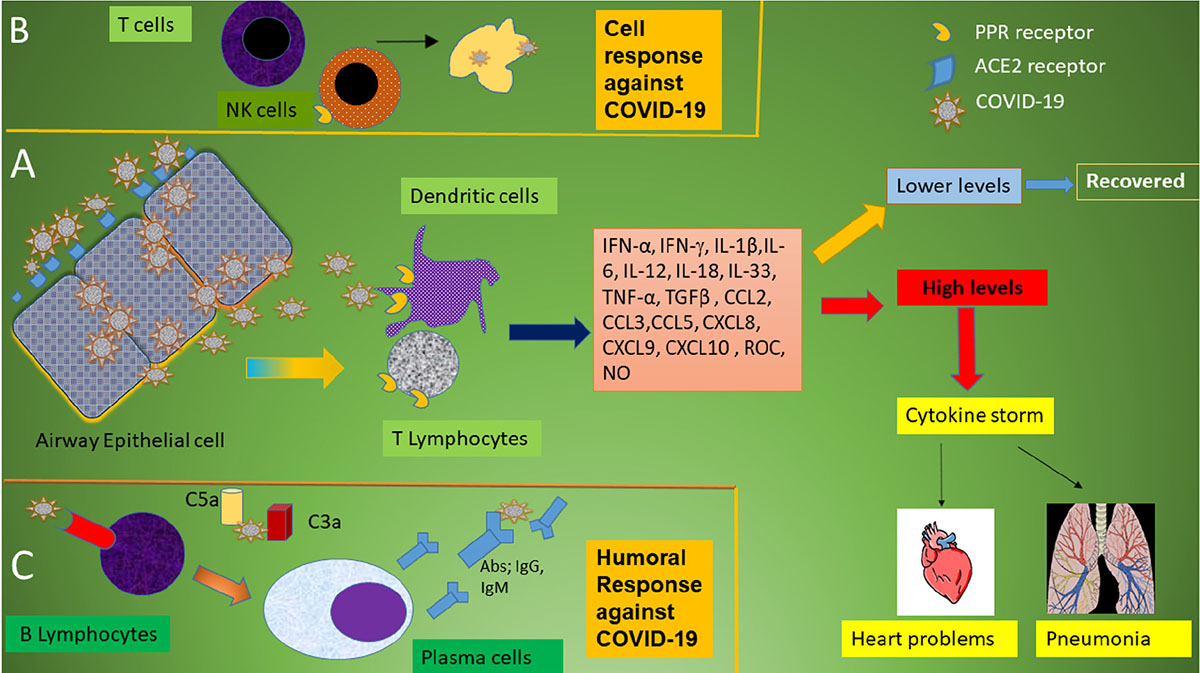


.jpg)



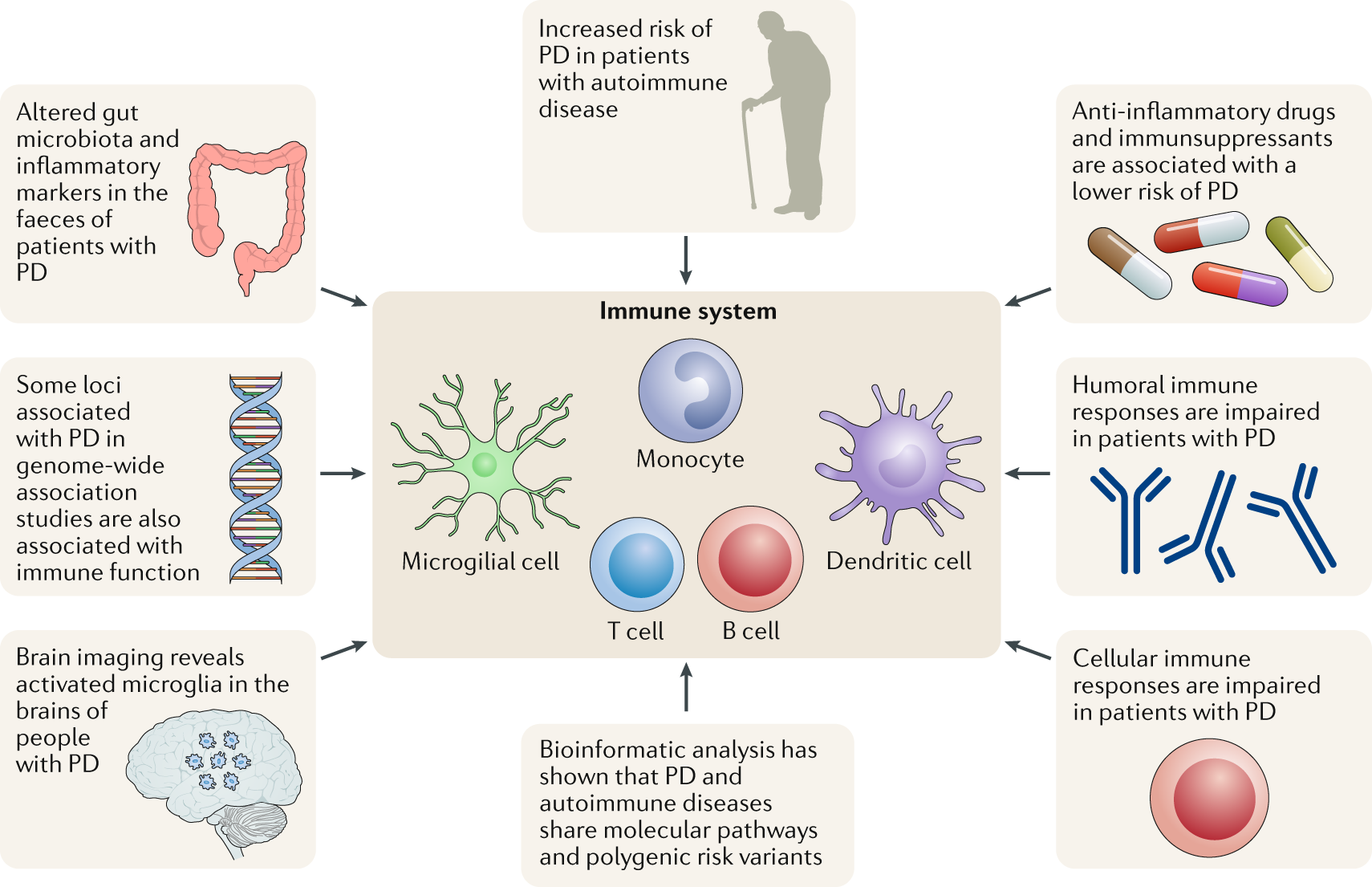


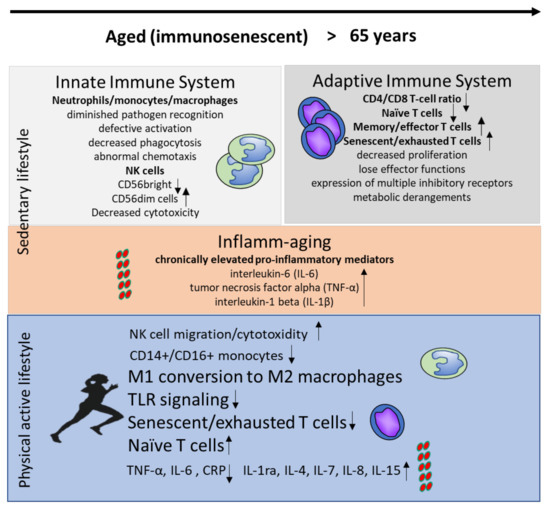


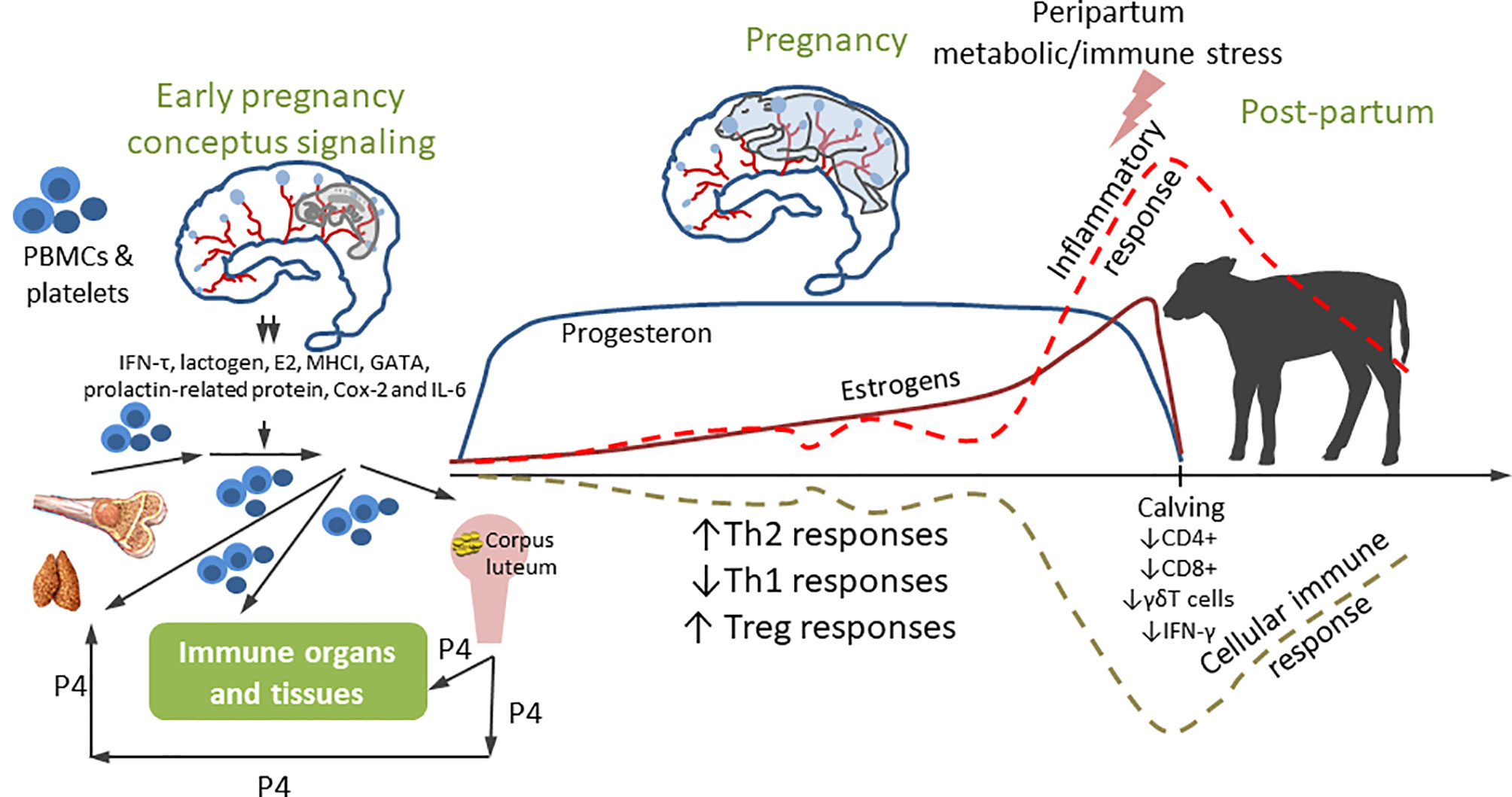

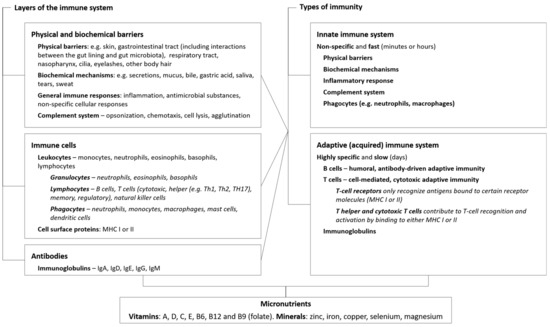



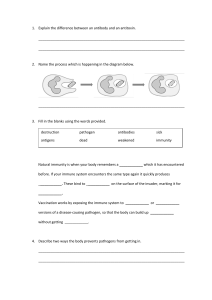


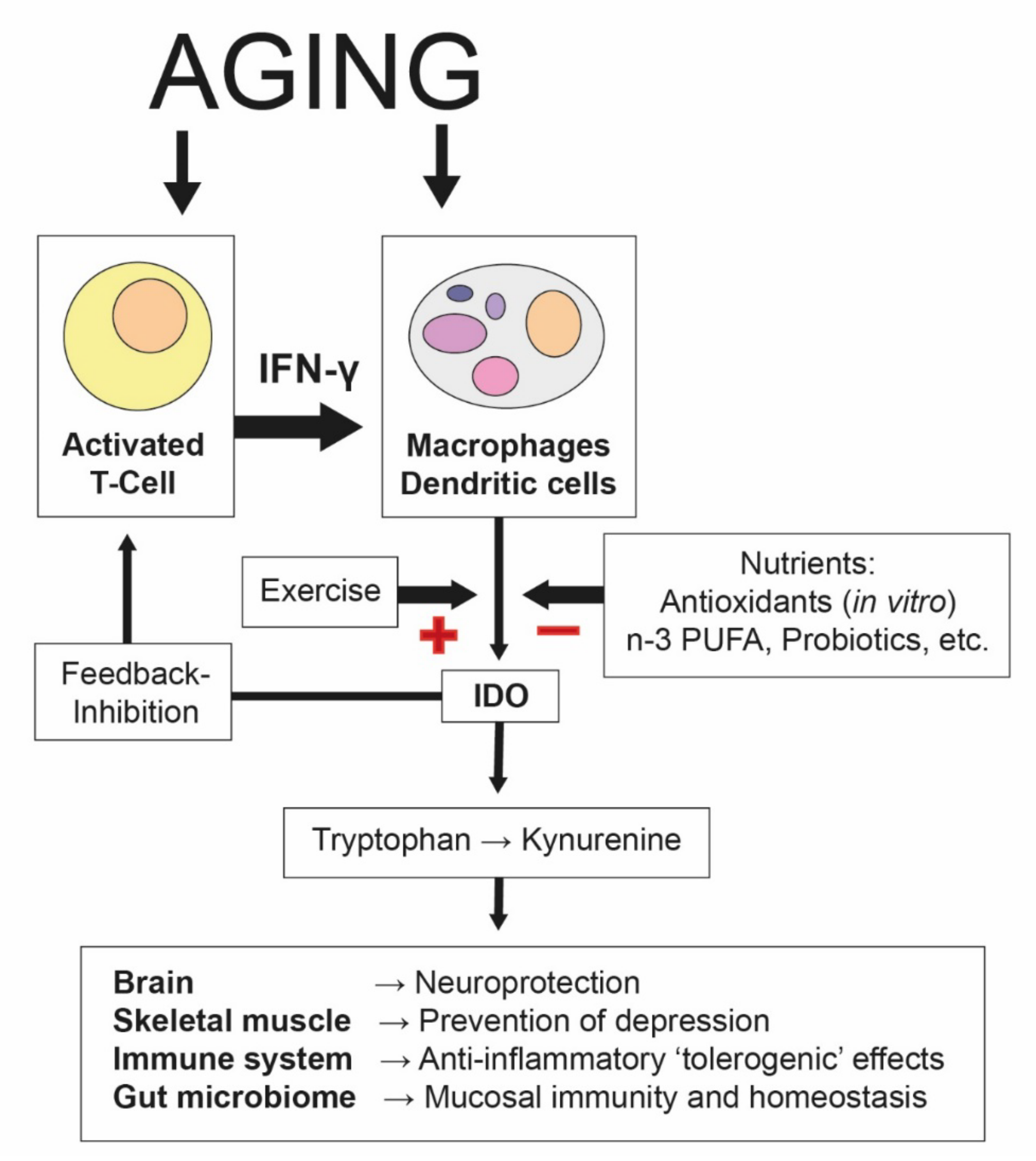




Post a Comment for "Chapter 40 The Immune System And Disease Answer Key"